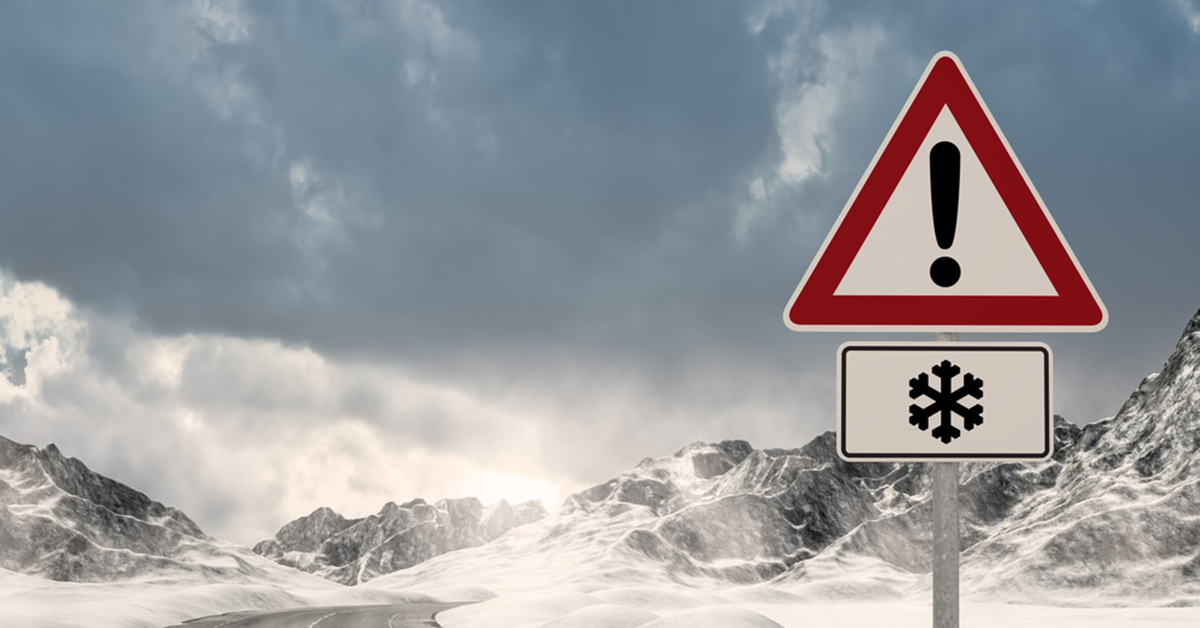
The winter and holiday season is one of the most joyous ones. Enjoying time with family, friends, and loved ones is something everyone loves. To make the most of your winter and holiday season by staying safe, follow the easy instructions presented in this post.
Preparing Your Home
Winter is the season where people spend the most amount of time in their homes. It makes sense that you want to make sure your home is ready for cold temperatures and possibly snow before the changing of the seasons. Some of the most important things you can do to protect your home and ensure your comfort and safety include the following:
- Insulate your water lines.
- Clean your gutters and roof.
- Check your gutters and roof for holes and/or leaks.
- Have your heating system professionally inspected and serviced.
- Clean your fireplace and chimney.
- Make sure your smoke detectors have new batteries and are working properly.
If you can not perform any of these on your own, it is recommended that you get a professional to help you rather than put yourself and home and risk.
Preparing Yourself
Many people go into winter completely unprepared. They wait for the first cold front to hit before making winter preparations. More often than not, this approach leads to people getting sick or being very uncomfortable. It is recommended that you get all of your winter clothes and outdoor gear ready by the first week of November. Also, make sure you have the following medications/items:
- Throat lozenges
- Decongestants
- Chapstick
- Warm blankets
- Hand and feet warmers
Taking this type of approach will ensure that you are completely ready should you start to feel a bit sick, cold, or uncomfortable.
Staying Safe
Moving around during winter can be more dangerous than it is in other months. To travel safely this winter, it is recommended that you take the following precautions:
- Check the steps and sidewalks around your house for ice patches that can cause a slip or fall.
- Sprinkle salt, sand, or cat litter over ice patches and areas that you think might be dangerous.
- Give yourself more time to do things and slow down your routine.
- Always bring a cellphone with you when you leave your house.
- Have an emergency kit in your home and car.
- Do not travel when the weather is bad.
- Always let people know where you are going.
In the winter months, it is recommended that you try to travel with another person rather than alone. This ensures complete safety.
Conclusion
The only effective approach to winter safety is a holistic one. By preparing your home and yourself, you can look forward to the winter season with excitement rather than worry. Taking the necessary precautions to ensure you remain safe is easy when you know what to do. If you have any questions or need any additional help, please do not hesitate to contact our office.
